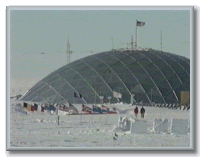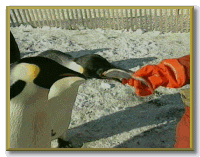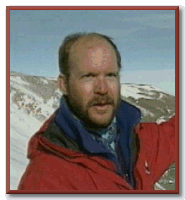In the first decade of the 20th century, the South Pole was called "the last place on Earth" and was the goal of brave explorers, luring some to tragic deaths in pursuit of the dream of being the first human to reach 90 degrees south latitude. Today, it's still one of the most difficult places on our planet to live and work. But thanks to unique climatic conditions, it's also one of the best places to study the stars and galaxies far beyond Earth. Make a mistake in what you wear or where you walk, and the continent can be unforgiving. Tragically, each year lives are lost.
|
|


